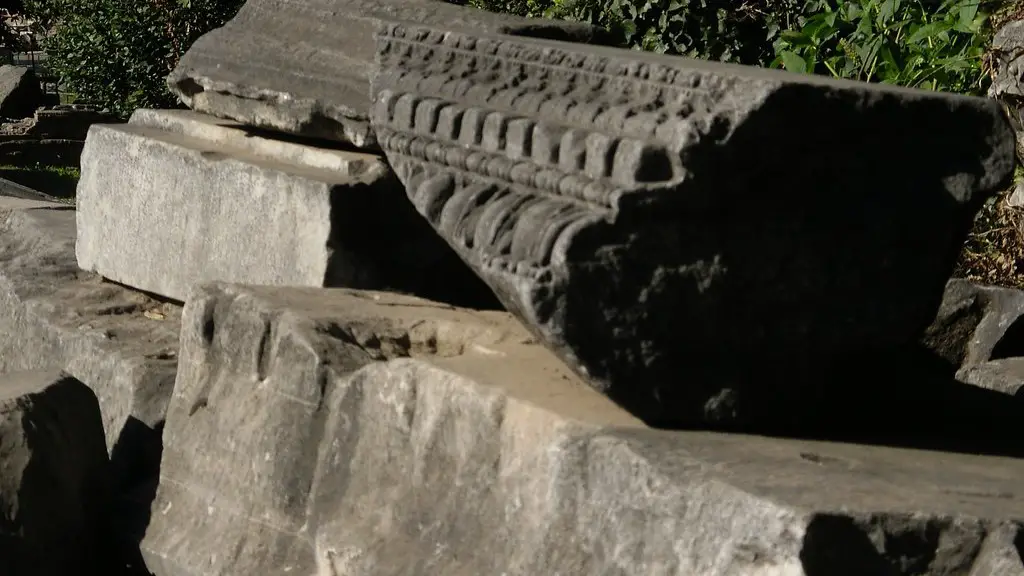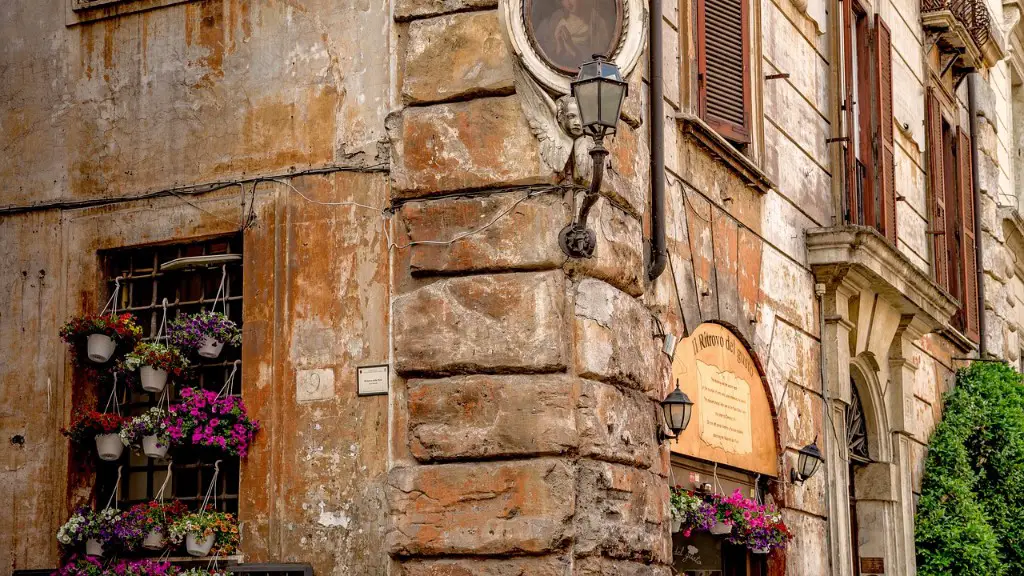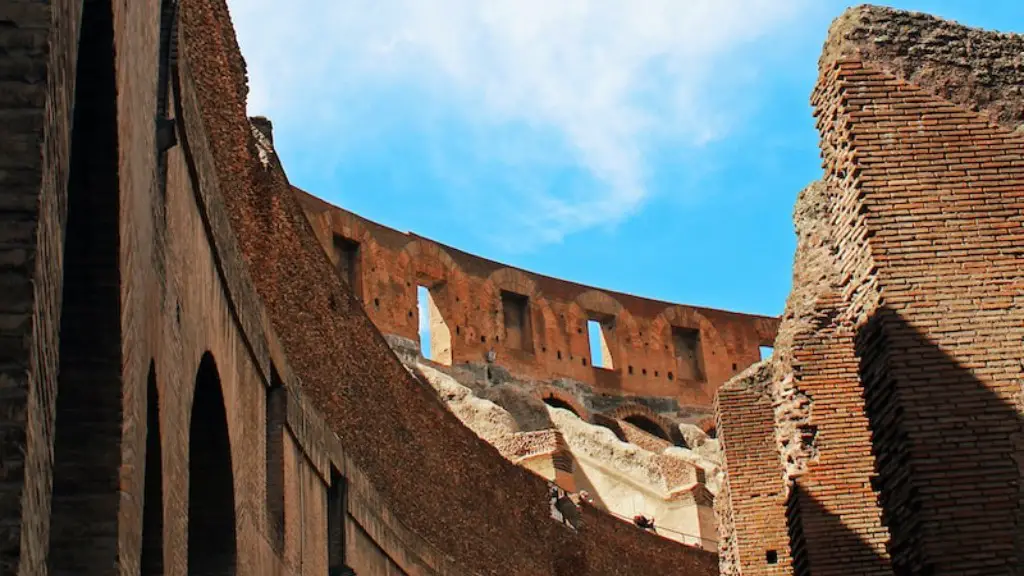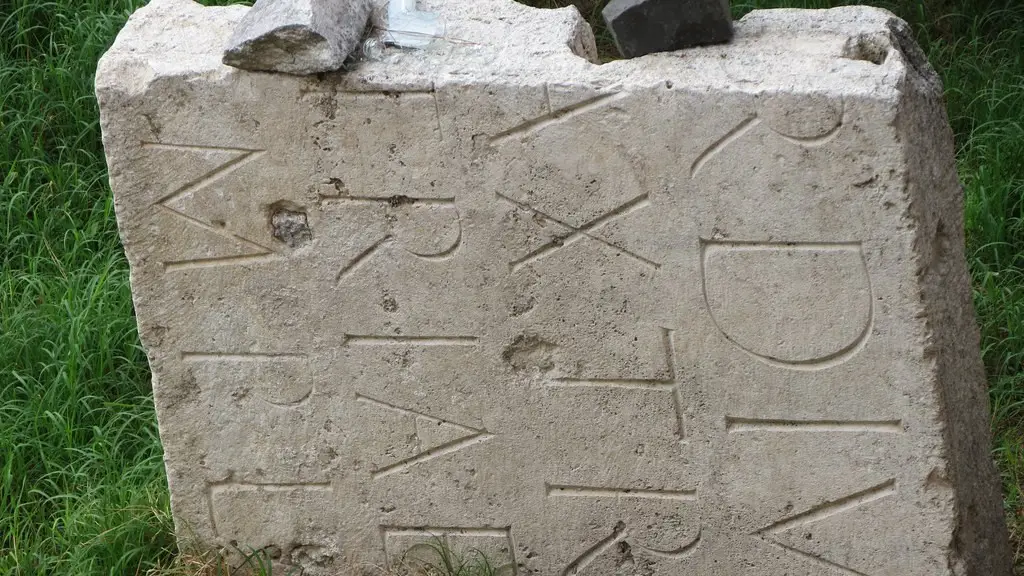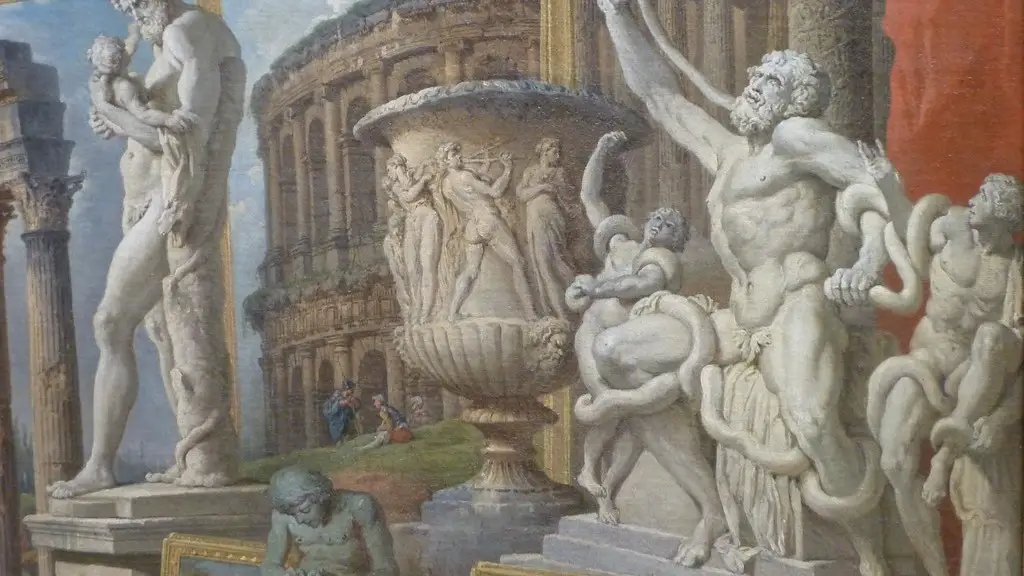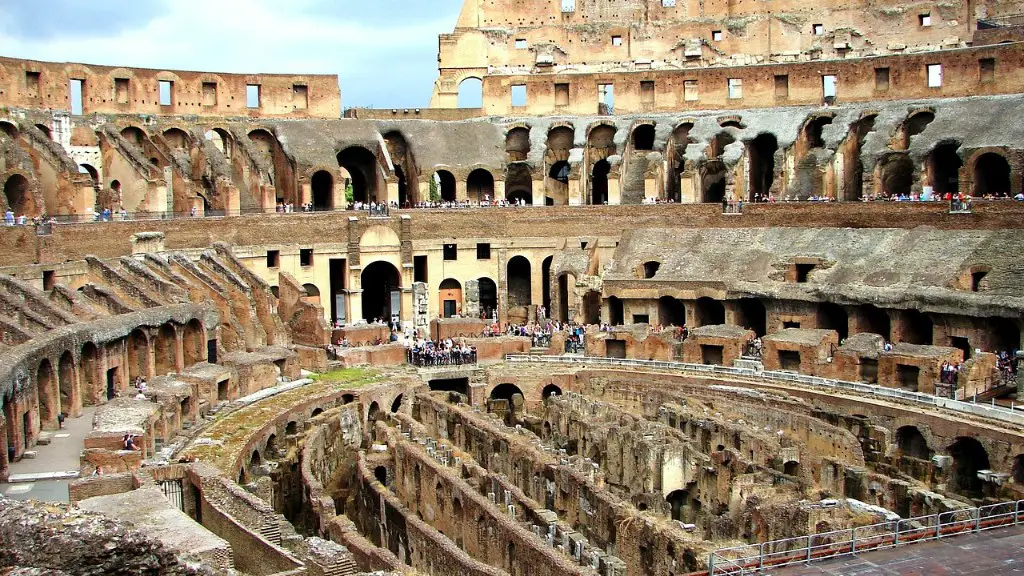The basilica of Ancient Rome holds an important place in the history of the city and was a cornerstone of its power. Often used as a government building, the basilica was designed to accommodate a large number of people for judicial, administrative and mercantile matters. These structures were usually ground-level and composed of a rectangular oblong shape typically divided into a central nave with two aisles on either side for visitors. The word “basilica” is derived from the Greek word “basilikos”, which means “royal”, as such, it was a dignified meeting place for important members of Roman society. The basilica was one of the largest interior spaces of classical Rome and they were typically built on top of a Rome hill or within a Roman Forum.
The earliest basilicas were built around the later part of the 5th century BC, several centuries before the Arch of Titus was erected. These were mostly courtrooms for legal proceedings. The most prominent basilica was the Basilica Aemilia, typically referred to as the “mother of all basilicas” and was the earliest to be constructed in the city. It was destroyed by fire in 182 BC and rebuilt between 179 and 169 BC.
The basilicas were well adorned with impressive architectural features, including curved marble arcs, large statues, heavy carved columns and stunning mosaic tiling. These grand structures acted as a focal point for the city and were often used as meeting places for important political leaders. The decoration and structures both inside and outside of the basilicas gave visitors and officials a sense of awe and reverence.
Inside the basilicas, visitors could find a raised tribunal which would be used by the presiding magistrate when attending to business proceedings or judicial matters. There were also side tabernae, or shops, to be used by merchants and store owners to conduct their commercial activities. Since the basilicas were a popular forum for judicial matters, the entrances were often adorned with a statue of a deity considered to be a bearer of justice such as Diana, Minerva or Justina.
The basilica was also the home of the curia, commonly known as the senate. This was the gathering place for leaders of the Roman Republic to meet, discuss and vote on matters regarding their citizens and the day-to-day affairs of the state. In addition to the tact and strategy utilized by the leaders of the Roman Republic, the basilicas also featured a host of other activities. These included performances and banquets.
Overall, these grand structures served an invaluable role in Roman history by providing a safe space for leaders and citizens to conduct business and discuss the secular matters of their state. It was through these buildings that government decisions, laws and other policies which shaped the course of the Roman Empire were determined.
The Role of Religion in Basilicas
In addition to its governmental, judicial and commercial uses, the basilica also held an essential place in the spiritual life of Ancient Rome. Temples built for Sacred Women in the basilica were also known as Matrona and Vesta, which each had its own statuary and priests. This would eventually give way to the worship of Christian saints and martyrs in the same space.
The Christianized version of the basilica, which was eventually called a church, featured some of faith-specific characteristics such as an altar, with its adjacent tabernacle and ambulatory, as well as paintings and stoneworks which depicted religious stories.
In addition, some basilicas were designed in the likeness of God and the world. An example of this is the Basilica of Santa Maria Novella in Florence, which was constructed with a representation of Heaven and the four elements: earth, water, fire, and air. The chapel in the basilica is about the size of two rooms and is divided into three basic sections: the transept, the choir for religious services and the adoration chapel.
The basilica was, and still is, a place of worship, reflection and gathering for many people of faith worldwide, regardless of their denomination. It is an integral part of many cultures and religions, while also being an important space in which ideas and cultures can be exchanged and explored.
Usage of the Basilica in Today’s World
Today, the basilica has become an important part of cultural and architectural history, with many modern structures being modeled after the basilicas of Ancient Rome. Examples of these include the State Houses of government, churches and cathedrals of various religions, court houses, and grand public buildings. As an example, the first U.S. Capital building, which was built between 1790 and 1800, was modeled after a basilica.
Basilicas are also popular in the present day for festivals, concerts, papal gatherings and other public events. Some examples of basilicas which are currently being used for this purpose are the St. Peter’s Basilica in Rome, the San Francisco Basilica in California, the St. Patrick’s Cathedral in New York, and the Cathedral of St. Paul in Minnesota.
Overall, the basilica has been an integral part in many countries’ history as well as having been a place for spiritual and cultural gatherings. From their presence in Ancient Rome to their present-day use in churches, court houses and other public gathering establishments, the basilica has played a notable role in the histories of many civilizations.
Economic and Social Significance
The basilica was primarily designed to pave the way for economic and social progress. This was often brought about through commercial transactions, diplomatic discussions and the treaties developed in the basilica’s chambers. The Roman Empire was the first to realize that progress could be achieved through this method, setting the foundations for later European civilization.
The basilicas led to an increased rate of production and trade, as local artisans and merchants moved into the area around these buildings in order to service the needs of the officials they housed. This, in turn, financially strengthened the city and its people as a whole. The grand structures facilitated the exchange of goods and services, offering skilled workers and craftspeople their own spaces in which to ply their trades.
In addition to its economic significance, the basilicas were often presided over by governance and the senate, the leaders of the Roman Republic who would discuss matters of state and issue decrees. This granted citizens access to a central place of decision-making that positively affected their lives by determining taxation, land rights and other matters of importance.
The basilicas were also multi-functional spaces that had been used for social functions such as banquets, which were occasions for citizens to interact with the leaders of the city and state, and for these leaders to show their appreciation for all the tribes of the Roman Empire.
The basilicas provided a central hub of debate and discussion, allowing citizens to freely exchange ideas and come up with solutions to improve their living conditions. This was often conducted through organized or informal forums and gatherings, and was seen as a vital part of the Roman Republic’s governance.
Symbolism of the Basilica
Given the basilicas’ important role in creating the foundations upon which later European civilization was founded, the structures became symbolic of prosperity and development. In many societies, the basilicas are viewed as places of sanctuary, refuge and protection, creating an atmosphere of trust, stability and continuity.
The basilica was also known to be a place of peace and justice, allowing citizens to come together and express their grievances as well as having their voices be heard and actions taken against them. This, in turn, further strengthened the citizens’ trust and loyalty in the systems of governance in place at the time.
The basilica was a prominent structure in the Roman Empire and one which still holds an important place in our memory today. From its initial incarnation as the House of Justice to its more current role as a place of spiritual and communal gathering, the basilica was, and still is, a tangible symbol of strength, progress and power.
Conclusion
The Basilica of Ancient Rome was an integral part of Roman history; providing a place for political and judicial matters to be discussed, as well as a venue for spiritual gatherings and communal events. Its presence in cities and towns across the world served to create an atmosphere of safety and stability, which in turn spurred economic growth and social progress. The structures also acted as a source of power, providing a platform for Roman leaders and citizens alike to share their ideas, improve living conditions and create a sense of unity.
